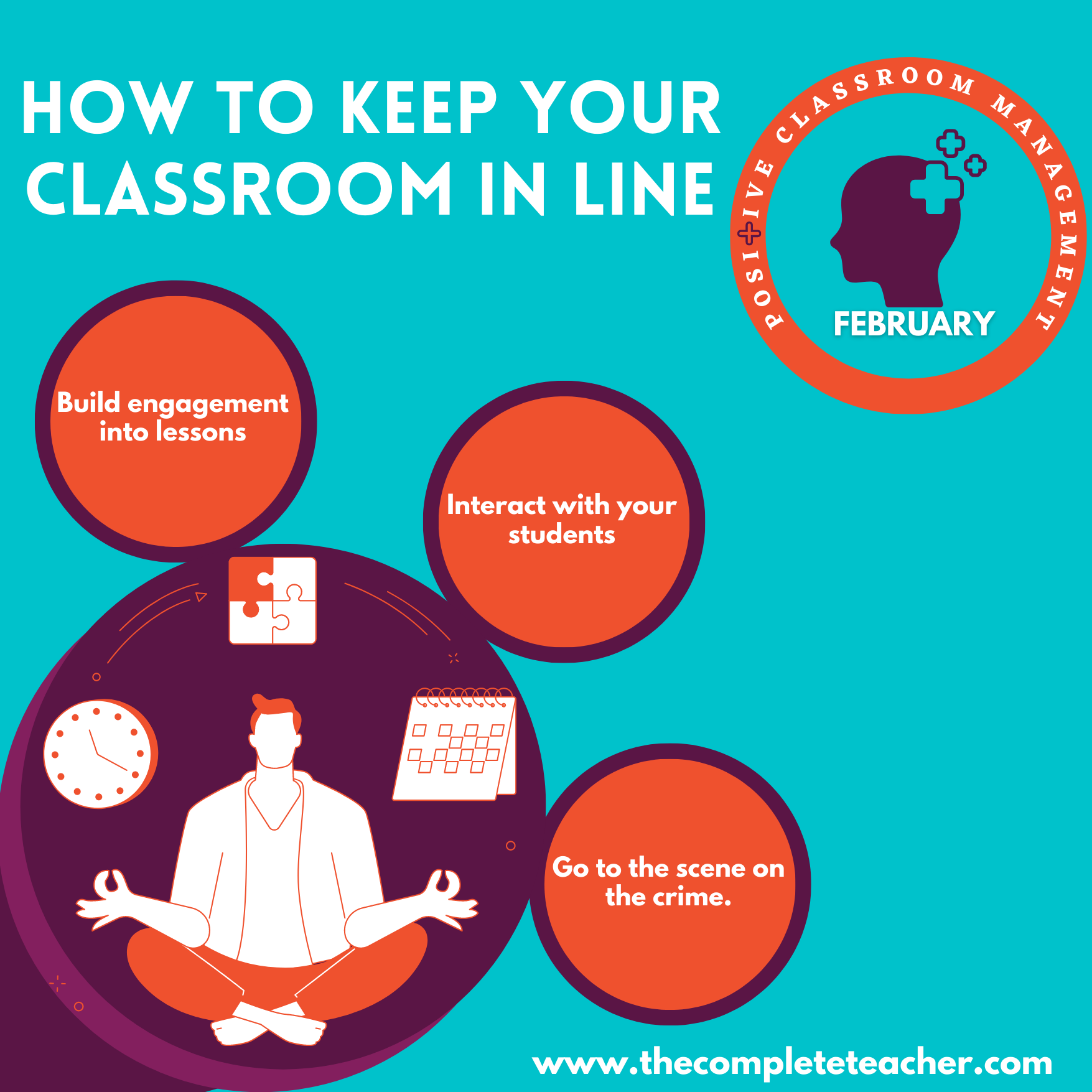How to keep your classroom in line
Posted by Hlengiwe Zwane on 23 February 2023, 15:10 SAST

 .
.
The management of misbehaving students can be one of the most challenging aspects of teaching. It only takes one student to disrupt the learning process for the rest of the classroom to create a snowball effect of insubordination.
While some teachers can keep problems from escalating because they are intimidating and aren’t afraid to throw their authority around the class. Most teachers want to create a classroom-management program to keep students in line throughout the day. Some classroom management techniques are disciplinary and others are curriculum-based. The following are a few classroom management strategies that can help teachers keep students focused.
Engagement should be a part of lessons
Kids are energetic and don’t sit still for long periods of time, especially if they are of foundation phase age. So plan your lessons accordingly. Students who are actively engaged in an activity are far less likely to disrupt a class. For younger students, there’s nothing engaging about watching you teach the class on the day’s lesson. So create an engaging curriculum. This is a tactic that’s likely to prevent a lot of disruptive behaviour before it has time to come to fruition.
Interact with your students
Students are likely to be disruptive when they don’t like you as a teacher. So build trust and mutual respect with them. How? Don’t be unapproachable if you see a student of yours in the hallway before school, after school or in between classes strike up a casual chat and show that you care. Then there’s a greater chance that your caring and respect will be reciprocated.
Go to the scene of the crime
Is your teaching constantly interrupted by students? Try walking over to where the actions are happening and standing by those specific students, without pausing in your lesson plan. Doing so sends a direct message to stop whatever it is they’re doing. Normally, the behaviour will stop. But if it continues, then consider rearranging your seating chart. It’s OK to have your students sit wherever they want as long as you make it clear that it’s a privilege and the moment that someone violates that privilege, it will end. Teach them that their actions have consequences.
Do you have students who just can’t seem to behave? Are you constantly dealing with specific students? You don’t have to yell to get a message across to them. For continuously disruptive students, first, speak with them in the classroom about their behaviour and give them the benefit of a doubt. If it continues, calmly ask the student to leave the class and wait out in the hallway. This sends a message to the rest of your class that you won’t tolerate classroom disturbances.
Try these and let us know if they make a difference. It is important to remember that not all students will respond positively or negatively for that matter. Get to know your students and you will be able to punish them appropriately.
Source: Resilient educators, 2022
